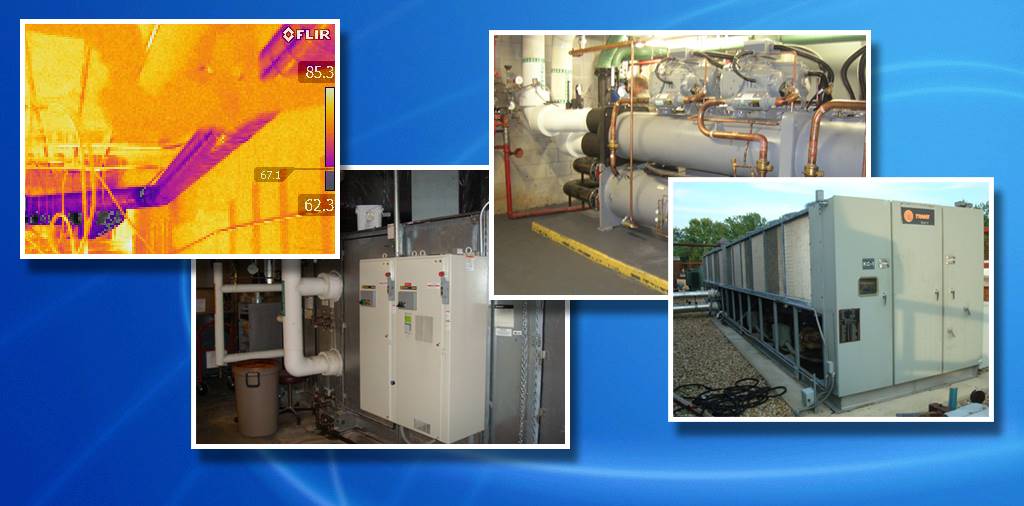 How well a building performs not only affects its utility costs, it also can influence property value, the comfort and productivity of occupants and the bottom line of its associated business. By actively pursuing improvements to building systems’ performance and efficiency, owners and managers can significantly reduce operating costs, increase their profitability and gain a competitive edge in the marketplace.
How well a building performs not only affects its utility costs, it also can influence property value, the comfort and productivity of occupants and the bottom line of its associated business. By actively pursuing improvements to building systems’ performance and efficiency, owners and managers can significantly reduce operating costs, increase their profitability and gain a competitive edge in the marketplace.
Achieving optimum building performance requires a methodical approach that helps to ensure that equipment and systems perform together effectively and efficiently to meet the building owner’s operating requirements and expectations. In new construction, this approach is referred to as commissioning (Cx). Applying a related process to existing building systems and operations is called retro-commissioning (RCx).
Unfortunately, most buildings never have gone through any commissioning process, and even well-constructed buildings experience performance degradation over time. No matter how well building operators and service contractors maintain equipment, if the systems operate inefficiently or more often than needed, energy waste and reliability problems can occur.
While the goals of an RCx project can vary between projects, they typically include reducing utility bills and energy consumption, extending the life of equipment, improving the comfort of a building for its occupants (with an associated productivity increase), improving indoor air quality, improving the effectiveness of operation and maintenance procedures (often through improved training and documentation) and reducing the number of complaints from occupants and tenant turnover.
Everyone benefits from retro-commissioning: building owners, facility managers, operations and maintenance staff, tenants and occupants. The outcome of an RCx project is a more comfortable and efficient building, along with a guide for operating and maintaining it.
The cost of a retro-commissioning process depends upon the scope of work, the size and age of the building and the complexity of the building systems. However, the primary focus typically is on low-cost measures and improvements that do not require significant capital expense. Often, this includes changes to control strategies, including schedules, setpoints, sequences and sensor calibration. Typical energy savings can range from 5 percent to 20 percent, with simple payback ranging from six months to two years.
For additional information regarding retro-commissioning and whether your building may be a good candidate, please contact RKnoedler@hanson-inc.com or TSchroeder@hanson-inc.com.